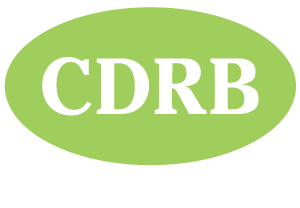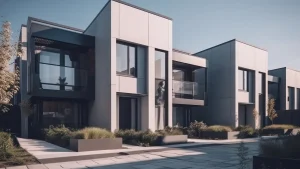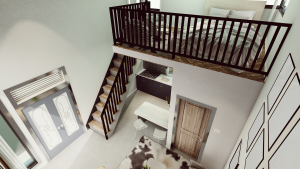Natural light is one of the most important elements of any building. It can transform a space, create a sense of openness, and improve our mental health and well-being. In this post, we will explore some innovative uses of natural light in architecture and how it can be used to create bright and welcoming spaces.
Why Natural Light is Important
Natural light has several benefits:
- Improved Mental Health: Exposure to natural light has been shown to improve mood, reduce stress, and increase productivity.
- Energy Savings: Natural light is a free resource that can reduce the need for artificial lighting and save energy.
- Design Aesthetics: Natural light can enhance the aesthetics of a space, create a sense of openness, and improve the overall design.
Innovative Uses of Natural Light
- Clerestory Windows: Clerestory windows are windows that are located high on a wall, allowing natural light to enter a space without compromising privacy. They can be used in a variety of spaces, including offices, schools, and residential buildings.
- Skylights: Skylights are windows that are installed in a roof or ceiling, allowing natural light to enter a space from above. They are often used in areas such as atriums, stairwells, and bathrooms.
- Light Shelves: Light shelves are horizontal surfaces that reflect natural light deeper into a space. They are often used in spaces that require a lot of natural light, such as classrooms, libraries, and offices.
- Solar Tubes: Solar tubes are tubular devices that capture natural light and distribute it throughout a space using reflective surfaces. They are often used in areas where traditional windows are not practical, such as basements and interior rooms.
- Light Wells: Light wells are vertical shafts that allow natural light to enter a space from above or below. They can be used in a variety of spaces, including basements, courtyards, and atriums.
Designing for Natural Light
When designing a space for natural light, it is important to consider the orientation of the building, the location of windows, and the use of shading devices. South-facing windows provide the most direct sunlight, while east-facing windows provide morning light and west-facing windows provide afternoon light.
Shading devices, such as blinds and curtains, can be used to control the amount of light that enters a space. Overhangs, awnings, and louvers can also be used to reduce the amount of direct sunlight that enters a space.
Conclusion
Innovative uses of natural light can transform a space, creating a bright and welcoming environment. By incorporating natural light into the design process, architects can create buildings that are not only aesthetically pleasing but also promote mental health and well-being. From clerestory windows to solar tubes, there are many innovative ways to use natural light in architecture. By considering the orientation of the building, the location of windows, and the use of shading devices, architects can design spaces that maximise the benefits of natural light while minimising its drawbacks.







